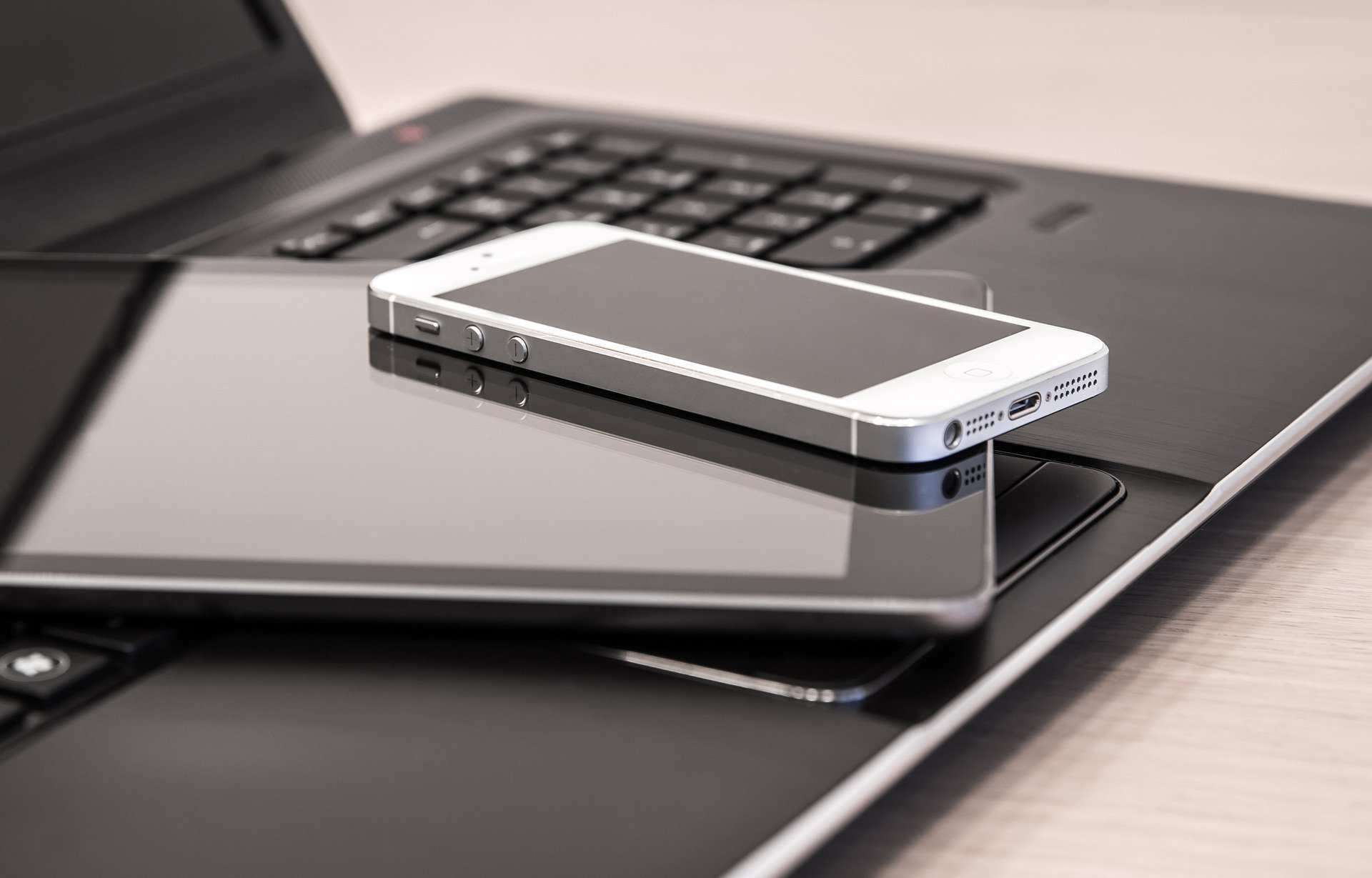It is normal for some electronic devices to produce heat as they are being used. However, you should understand the difference between a standard amount of heat and what is excessive for that particular device. Overheating can damage the hardware and lead to electrical fires if not recognized and fixed.
What Causes the Heat?
First, it is essential to understand why electronics get hot in the first place. As the inner mechanics of the device start whirring and working, the friction of their motion generates a bit of heat. You may notice that it gets even warmer when put on a charger because the direct stream of electricity is transferred to the device.
When is it a Problem?
Though a warm device is common, one that is radiating heat or causes your hand to start to get sweaty when touching it is quite a hazard. If you hear the fan working extremely hard, like those on a laptop or computer console, that’s a good clue that it is having difficulty cooling off and needs to be allowed to stop running and take a break. Overheating, especially for an extended period of time, has the potential to cause irreparable damage. If left unchecked, electronic devices are likely to burn or even explode in some cases – depending on the size and function of the device. Even if you stop it from overheating before it gets to that point, it could still result in a permanently slower or malfunctioning device.
If you notice that a circuit breaker often trips when you are using a device like a microwave, that is a good indication of an overabundance of electricity flowing through the circuit that it cannot handle. Perhaps it is a problem with the circuit breaker itself, or it may be a defect with the device that demands more electricity than it should. Regardless, this flow of energy can cause significant damage very quickly to other devices that are also plugged into the same circuit.
How Do You Prevent It?
There are a few approaches you can take to prevent heat damage from ruining your electronic devices. You can protect your entire home by having a trusted electrician install a house-wide surge protector. This will detect an excess energy flow and shut off the circuit before the electricity reaches the connected devices and causes them to overheat and burn. It also keeps down the number of wires you have plugged in–by having a surge protector built into your home’s electrical system; you don’t need to buy external ones to plug into each outlet. You should also monitor all of your electronics regularly. This doesn’t need to be an intensive process, but placing a hand on your small and medium devices will allow you to develop a baseline for how the electronics feel on any given day. On the occasion that they are overheating, you will quickly notice the difference and fix it before it gets any worse.
Any problems with electronic devices that can be traced back to problems with circuits, wiring or circuit breakers should be addressed immediately. Call a licensed and insured electrician, and have them check out the situation. Should your wires or circuits need to be replaced, do so as soon as possible. Faulty wiring is one of the leading causes of house fires in the United States. Don’t take the chance – call Promise Electric today.



